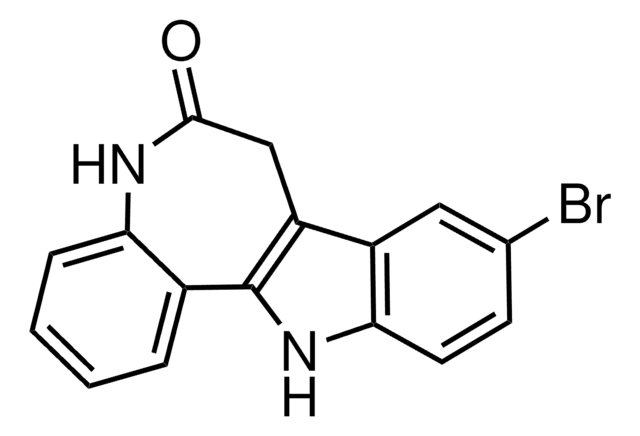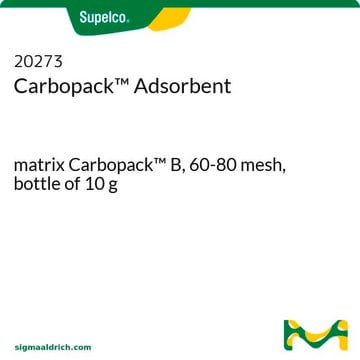S3567
SB 415286
≥98% (HPLC)
Sinonimo/i:
3-[(3-Chloro-4-hydroxyphenyl)amino]-4-(2-nitrophenyl)-1H-pyrrol-2,5-dione
About This Item
Prodotti consigliati
Saggio
≥98% (HPLC)
Colore
yellow to orange
Solubilità
DMSO: 5 mg/mL, clear
H2O: insoluble
Ideatore
GlaxoSmithKline
Temperatura di conservazione
−20°C
Stringa SMILE
Oc1ccc(NC2=C(C(=O)NC2=O)c3ccccc3[N+]([O-])=O)cc1Cl
InChI
1S/C16H10ClN3O5/c17-10-7-8(5-6-12(10)21)18-14-13(15(22)19-16(14)23)9-3-1-2-4-11(9)20(24)25/h1-7,21H,(H2,18,19,22,23)
PQCXVIPXISBFPN-UHFFFAOYSA-N
Informazioni sul gene
human ... GSK3A(2931) , GSK3B(2932)
Applicazioni
Azioni biochim/fisiol
Caratteristiche e vantaggi
Note legali
Codice della classe di stoccaggio
11 - Combustible Solids
Classe di pericolosità dell'acqua (WGK)
WGK 3
Punto d’infiammabilità (°F)
Not applicable
Punto d’infiammabilità (°C)
Not applicable
Dispositivi di protezione individuale
dust mask type N95 (US), Eyeshields, Gloves
Certificati d'analisi (COA)
Cerca il Certificati d'analisi (COA) digitando il numero di lotto/batch corrispondente. I numeri di lotto o di batch sono stampati sull'etichetta dei prodotti dopo la parola ‘Lotto’ o ‘Batch’.
Possiedi già questo prodotto?
I documenti relativi ai prodotti acquistati recentemente sono disponibili nell’Archivio dei documenti.
I clienti hanno visto anche
Il team dei nostri ricercatori vanta grande esperienza in tutte le aree della ricerca quali Life Science, scienza dei materiali, sintesi chimica, cromatografia, discipline analitiche, ecc..
Contatta l'Assistenza Tecnica.














